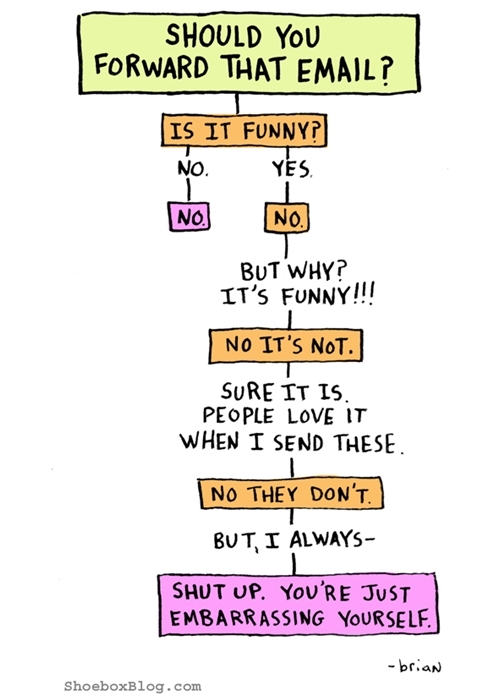 In grade school I became adept at timing a trip to the pencil sharpener (located next to the classroom door) so I arrived exactly at 3:00 p.m. and could bolt at the first sound of the bell and be the first one out the door.
In grade school I became adept at timing a trip to the pencil sharpener (located next to the classroom door) so I arrived exactly at 3:00 p.m. and could bolt at the first sound of the bell and be the first one out the door.
I began a similar slow shuffle this week by announcing April 1, 2013 would be my last day of full-time employment at the company I have worked for the past 29 years.
Yes, that’s a lot of “notice,” but I won’t be 65 until next March and want to be sure to qualify for some of that great public health care for which the US is known and admired.
And there are a few things to hand off. Shoot, it’s going to take weeks to remember where I hid the master list of all the passwords for the company websites I’ve been tending.
I’m making an effort to not think of this move as retirement but haven’t come up with the right word. Sabbatical suggests I’ll be coming back to a full-time gig and that’s not likely. Freelancer has a sexy ring to it but sort of implies income. I have no interest in “consulting” anyone. So far, I like my buddy George’s suggestion: Soldier of Fortune!
The list of things I won’t be doing is pretty firm. No RV. No vegetable garden. No cruises.
“So, what are you going to do?” is a common question.
“I have no idea,” is a troubling answer for folks who have known me as a hopeless workaholic. And I understand their concern. I always insisted I would work until I dropped. This new let’s-see-what-happens Steve is a new and troublesome persona.
After driving the MINI Cooper that first time, I said, “Yes! No more cars that aren’t fun!” That’s sort of how I’m approaching this next chapter. Only fun and interesting stuff from this point on. (Not that making banners for the company websites wasn’t fun)
What bothers my friends, I think, is my lackadaisical attitude about this transition (metamorphosis?). I’m making an effort NOT to plan the rest of my life. I’ve come to believe such planning is folly (Planners scoff at this kind of talk). Planning is important, I suppose, if the outcome is important to you. But I’m trying accept any outcome (I’ll let you know how that goes).
As I walk verrry slooowly toward the pencil sharpener, I’ll probably share some of what I see and experience along the way. And I’m counting on those who have made the journey and bolted onto the playground to pass along their advice. I’d especially like to hear suggestions on interesting things to do, placed to go, people to meet. I might even take on a project or job along the way. (Will work for free if I can do it the way I want. $100K if you want to have some input)



